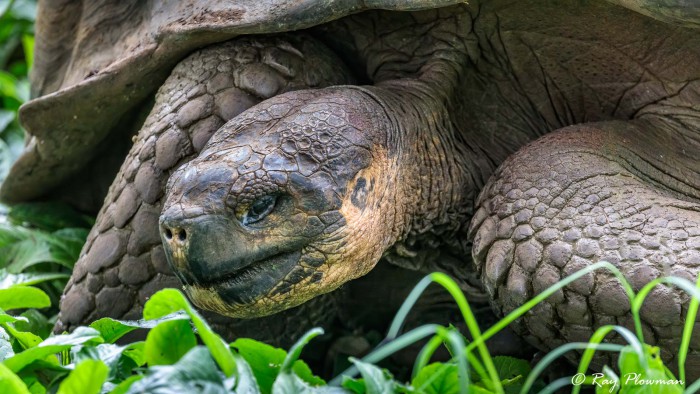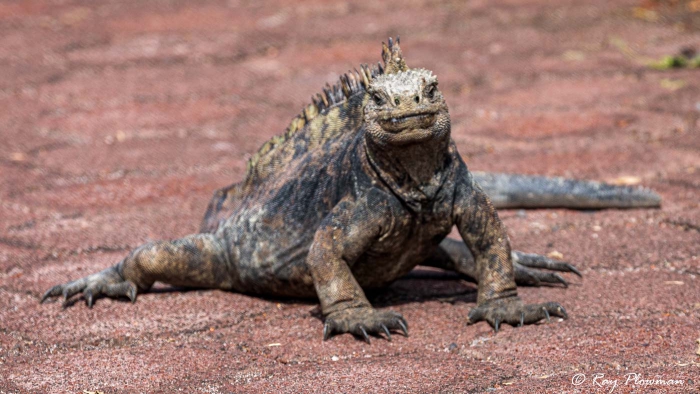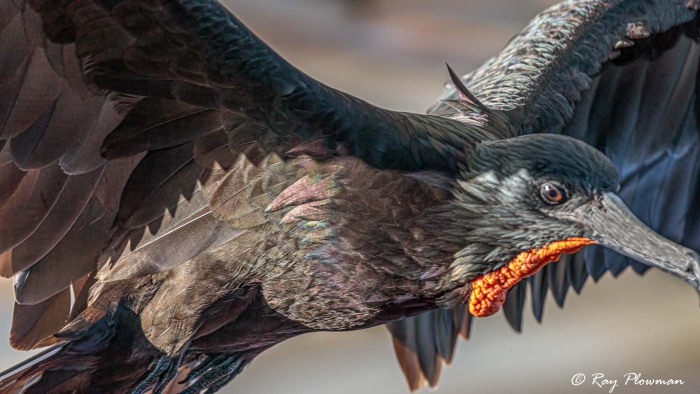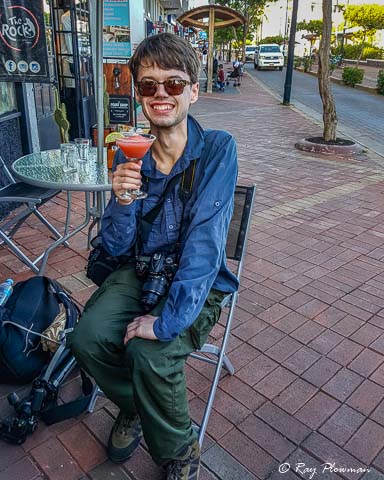Santa Cruz Highlands and Puerto Ayora
We spent our first day in the Galápagos visiting Santa Cruz Highlands and Puerto Ayora before joining our boat. Moreover, we arrived from Quito at Seymour Airport on Baltra, where we met our park guide, Luis Yanez.
Santa Cruz (Indefatigable) has a long history of human activities and agriculture permanently changing the landscape by invasive species. The highlands have fertile soil and comprise three vegetation zones: Scalesia zone is cloud-forest, the lowest of the three zones; Miconia zone, is a high-altitude wet zone; and Pampa zone, the highest and wettest. Puerto Ayora on the south coast is the largest town in the Galápagos and the centre of the tourism industry.
Santa Cruz Highlands
We set off in a minibus for our Sant Cruz tour while our luggage went directly to our boat. The first stop was Rancho El Manzanillo in the highlands for giant tortoises, Darwin’s finches, and other endemic birds.

Western Santa Cruz Giant Tortoise
A Western Sana Cruz Giant Tortoise (Chelonoidis porteri) feeding at Rancho Manzanillo on Santa Cruz Island. This species is one of several critically endangered giant turtles in the Galápagos.
Rancho El Manzanillo Wildlife
[foogallery id=”16955″]
Wildlife at Rancho El Manzanillo
Our first introduction to Galápagos wildlife was at Rancho El Manzanillo in the highlands.
For instance, species included the critically endangered Western Santa Cruz giant tortoises and Darwin’s ground finches featured in the gallery. Small artificial ponds attract tortoises, and a small lake attracts an endemic subspecies of white-cheeked pintail. One image shows a pair mating. Our tour also included a wooded area where I photographed an endemic Galápagos flycatcher and a female yellow warbler; the latter is a Galápagos and CoCos subspecies. Six new birds species for me and giant tortoises on a short walk, lasting about an hour.
Next, a minibus to Charles Darwin Station in Puerto Ayora via a lunch stop at Hosteria Altair. Birds spotted at the Hosteria were a male Yellow Warbler and a Smooth-billed Ani, an introduced species.
Puerto Ayora

Galapagos Marine Iguana on Santa Cruz Island
The Galápagos Marine Iguana (Amblyrhynchus cristatus hassi) a subspecies only found on Santa Cruz Island. It one of seven marine iguana subspecies in the Galápagos.
Charles Darwin Research Station Wildlife
[foogallery id=”16956″]
Wildlife at Charles Darwin Research Station
The Charles Darwin Foundation Research Station main attraction is the breeding program for giant tortoises. Whilst I am interested in science, I would prefer to photograph free-roaming wildlife rather than captive animals. Species photographed include cactus finch, tree finch, Galápagos mockingbird and male Santa Cruz lava lizard. Furthermore, a female Santa Cruz lava lizard and marine iguanas (the Santa Cruz subspecies – Amblyrhynchus cristatus hassi) were on or near Ave Charles Darwin’s Road.
Fish Market and Waterfront

Male Magnificent Frigatebird
The magnificent male frigatebird was flying near the fish market at Puerto Ayora on Santa Cruz Island. Frigatebirds are pirates of the sky as they steal food from other seabirds on the wing. Moreover, they take their name from frigate warships used by pirates.
Fish Market and Waterfront Wildlife
[foogallery id=”16958″]
Wildlife at the Fish Market and Waterfront
After the Charles Darwin Research Station guided tour, we had free time to explore Puerto Ayora. It is around 1.5km from the Research Station to Malecon de San Francisco, where our panga would ferry us to our boat.
So, we headed for the Fish Market to take photos of the magnificent frigatebirds, sea lions, and pelicans trying to get at the fish. Also, at the waterfront, I photographed a laughing gull and an endemic vulnerable lava gull. Further, the lava gull is one of the rarest gull species globally, with only 600-800 mature individuals all Galápagos residents.
The Rock

Finally, we had drinks at The Rock Ecuadorian Restaurant and Bar before going to our boat. Our youngest fellow traveller Alex, the guinea pig eater, decided on a cocktail rather than a beer.
We joined our boat in the early evening for dinner and overnight transit to Santiago’s Sombrero Chino.
Bibliography – Online Resources
1. Charles Darwin Research Station 2020. [Online] Available from Charles Darwin Foundation [Accessed 21-Augl-21].